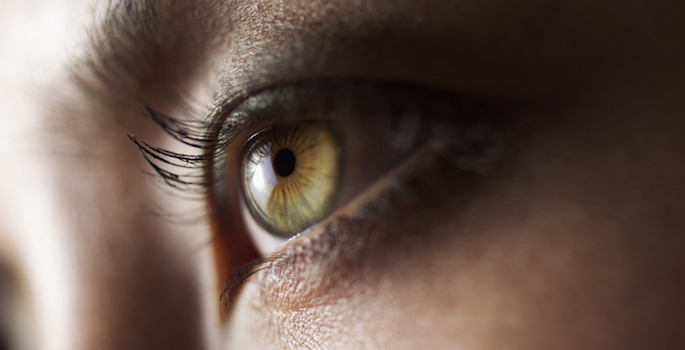Blindness
-

Study uses new tools, machine learning to investigate major cause of blindness in older adults
Vanderbilt researchers, in collaboration with investigators from the University of Alabama at Birmingham, the Delft University of Technology, University Hospital Bonn, and Molecular Horizon have developed new protocols to study which molecular pathways might be important in the aging retina and what might cause the formation of deposits in the eye that confer high risk for age-related macular degeneration. Read MoreJan 3, 2024
-

Genetic clues in eye birth defect
Sabine Fuhrmann and colleagues have discovered a novel underlying cause of coloboma — a birth defect that causes missing tissue in the eye and accounts for up to 10% of childhood blindness. Read MoreFeb 18, 2021
-

Insights on diabetic retinopathy
A drug that targets multiple pathogenic steps in diabetic retinopathy may be an ideal therapeutic strategy for the disease, Vanderbilt researchers report. Read MoreJan 23, 2020
-

Aqueous humor, microRNAs and glaucoma
New findings highlight microRNAs — molecules that regulate gene expression — that are differentially expressed in glaucoma and could be candidate biomarkers or targets for therapy. Read MoreApr 10, 2018
-

Imaging probe for retinal disease
An imaging probe developed at Vanderbilt detects retinal inflammation early and may allow therapeutic intervention to prevent blindness. Read MoreOct 12, 2016
-

Building intestinal brush borders
Studies of the molecular complex that helps build specialized cellular surfaces could shed light on the mechanisms underlying a genetic deaf-blindness syndrome accompanied by intestinal disease. Read MoreFeb 8, 2016
-

New targets for diabetic retinopathy
Certain protein factors have been identified as attractive targets for treating diabetic retinopathy, a major cause of blindness in adults. Read MoreJan 21, 2016
-

In a zebrafish’s eye
Vanderbilt investigators demonstrate that a certain eye lens protein is evolutionarily conserved between zebrafish and rat, suggesting that zebrafish can be used as a model system to understand eye lens disorders such as cataracts. Read MoreJul 29, 2015
-

Biomarker for diabetic eye disease
A person’s mitochondrial gene “signature” could predict risk for diabetic retinopathy and guide early intervention strategies. Read MoreSep 26, 2014
-

Keeping an eye on blast trauma
Understanding the cellular and molecular responses of the eye to blast injury could guide new treatment development. Read MoreAug 19, 2014
-

Shining a light on night blindness
Vanderbilt researchers are studying how mutations in the receptor for light, rhodopsin, cause light blindness. Read MoreOct 24, 2013
-

Metabolic profiling of vision loss
A panel of metabolites – small molecules that are part of metabolic processes – that are unique to macular degeneration will shed light on the disease and aid diagnosis. Read MoreSep 27, 2013
-

‘Bionic eye’ new option for retinitis pigmentosa patients
Vanderbilt University Medical Center has been chosen as one of 12 sites in the United States to offer the first FDA-approved bionic eye for the treatment of retinitis pigmentosa (RP). Read MoreJul 25, 2013
-

Insights on glaucoma gene mutations
Glaucoma-causing mutations in the gene for myocilin reduce secretion of the protein into the aqueous humor, suggesting a new option for treatment. Read MoreJun 26, 2013
-

Grants bolster eye research at Vanderbilt
Research to Prevent Blindness has awarded a grant of $100,000 to Vanderbilt’s Department of Ophthalmology and Visual Sciences to support research into the causes, treatment and prevention of blinding diseases. Read MoreJul 5, 2011